Nuremberg, Antique Map from "Civitates Orbis Terrarum"
Braun G., Hogenberg F. , Nurnberg or Nuremberg , from the collection Civitates Orbis Terrarum , Cologne, T. Graminaeus, 1572-1617.
Very fine B/W aquatint showing a view of Nuremberg . Strongly influenced by Hartmann Schedel's Nuremberg Chronicles , Braun and Hogenberg represented a strongly-idealized city as an unconquered fortress and a Great Imperial Castle. The gaps among the various parts of the city are greatly reduced, for the sake of a "flat" vision, evidently judged more harmonious. Good conditions , with a usual medial fold and minor stains on the top left and right corners.
Braun G., Hogenberg F. , Nurnberg or Nuremberg , from the collection Civitates Orbis Terrarum , Cologne, T. Graminaeus, 1572-1617.
Very fine B/W aquatint showing a view of Nuremberg . Strongly influenced by Hartmann Schedel's Nuremberg Chronicles , Braun and Hogenberg represented a strongly-idealized city as an unconquered fortress and a Great Imperial Castle. The gaps among the various parts of the city are greatly reduced, for the sake of a "flat" vision, evidently judged more harmonious. Good conditions , with a usual medial fold and minor stains on the top left and right corners.
Civitates Orbis Terrarum ( Atlas of the Cities of the World ) was the second oldest printed atlas in the history of world cartography and the first atlas totally dedicated to topographical views . The first volume of this collection was published in Cologne in 1572; the following in 1575, 1581, 1588, and 1598. The sixth and final volume appeared in 1617, a while before the extensive devastation caused by the Thirty Years’ War.



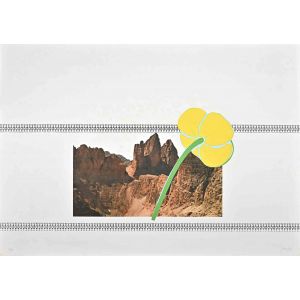


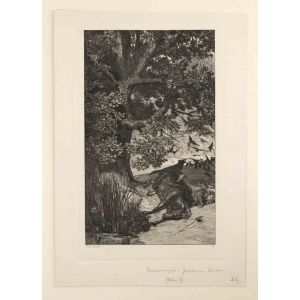
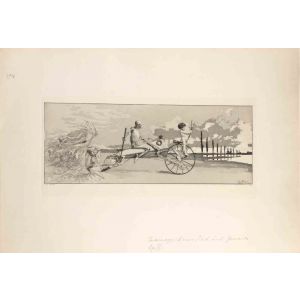
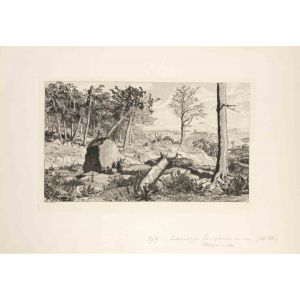
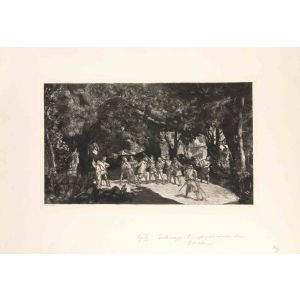
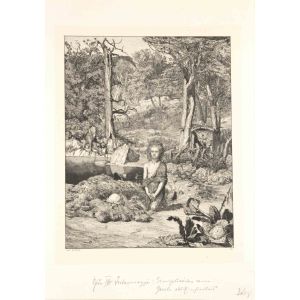
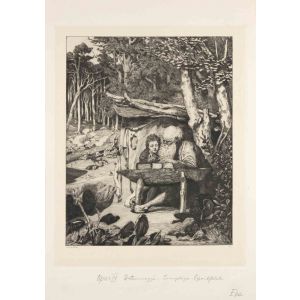
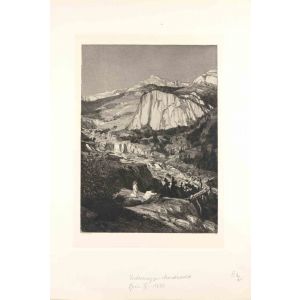

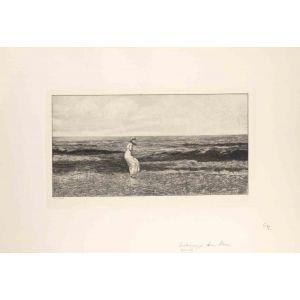
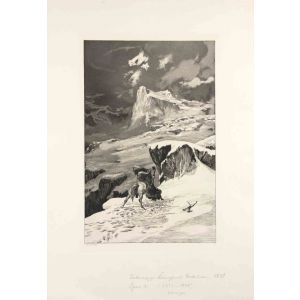







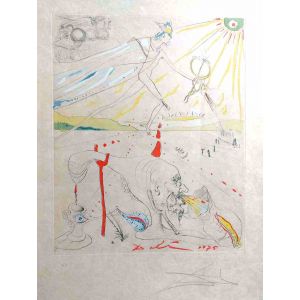







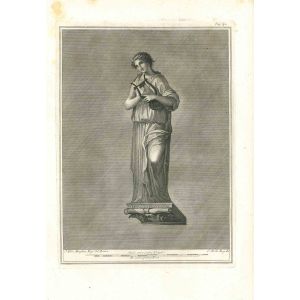










Validate your login
Sign In
Create New Account